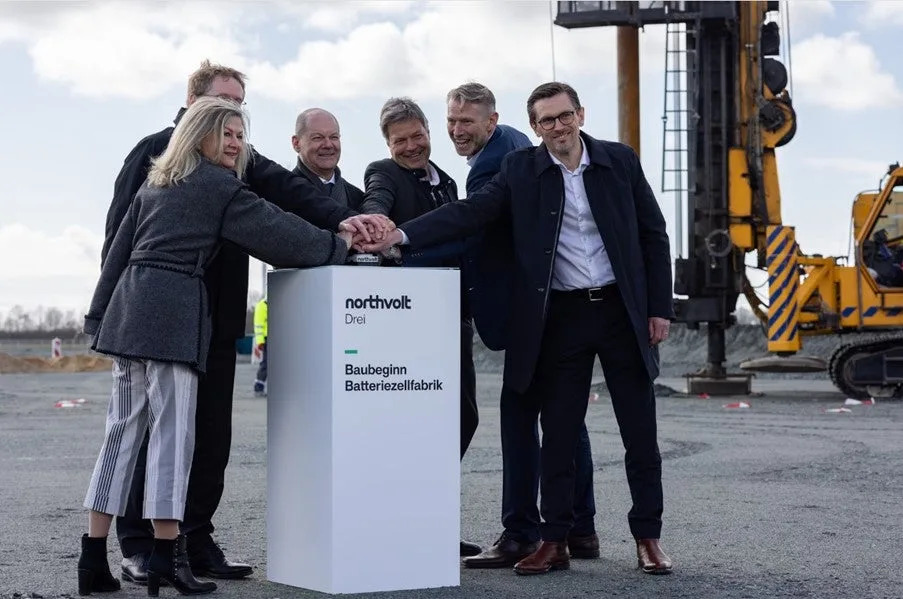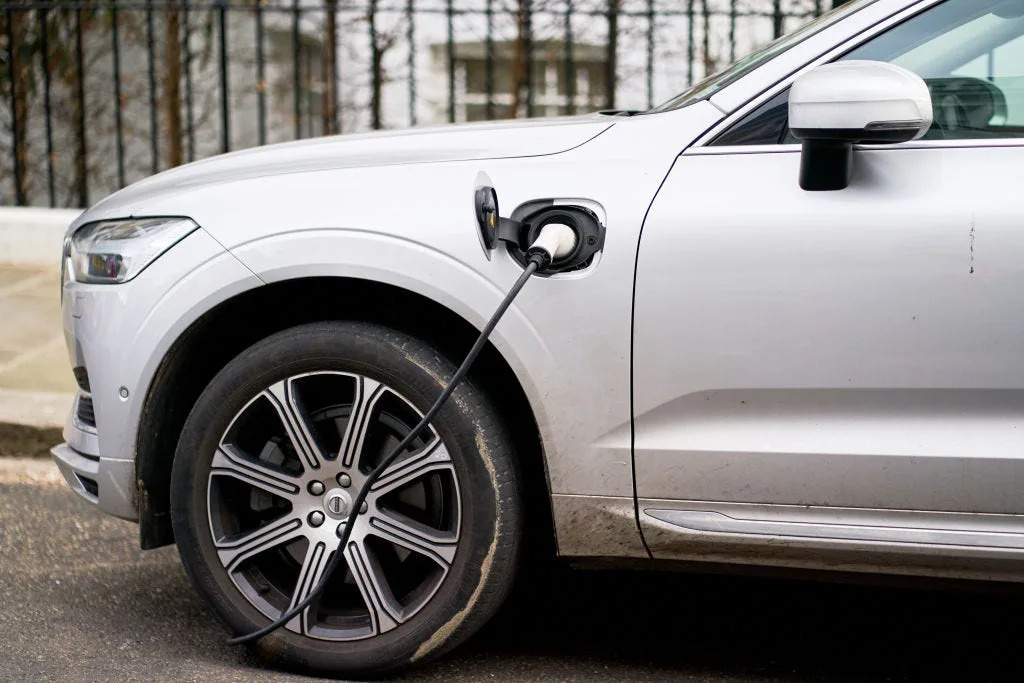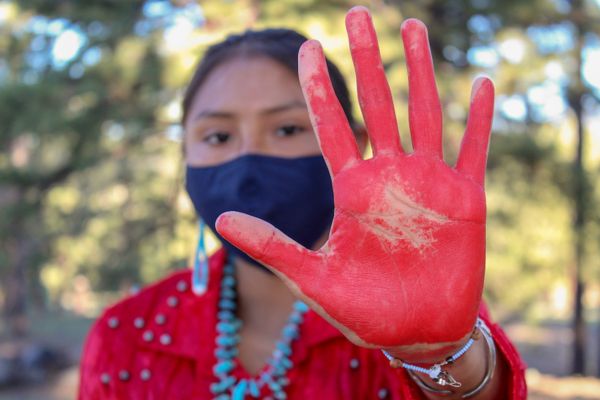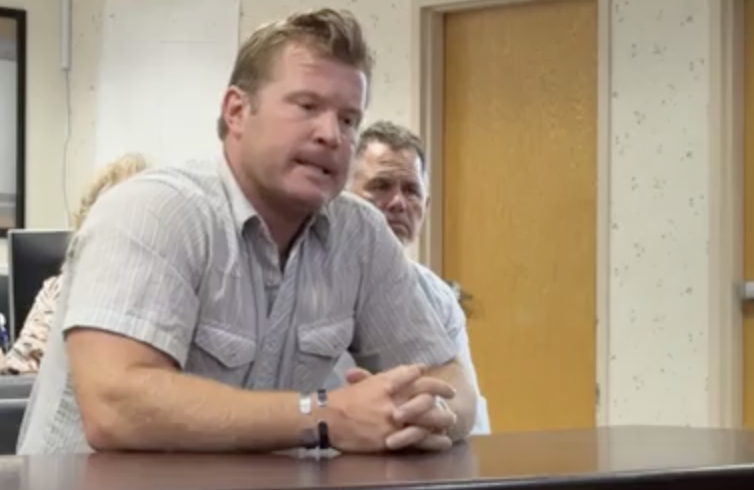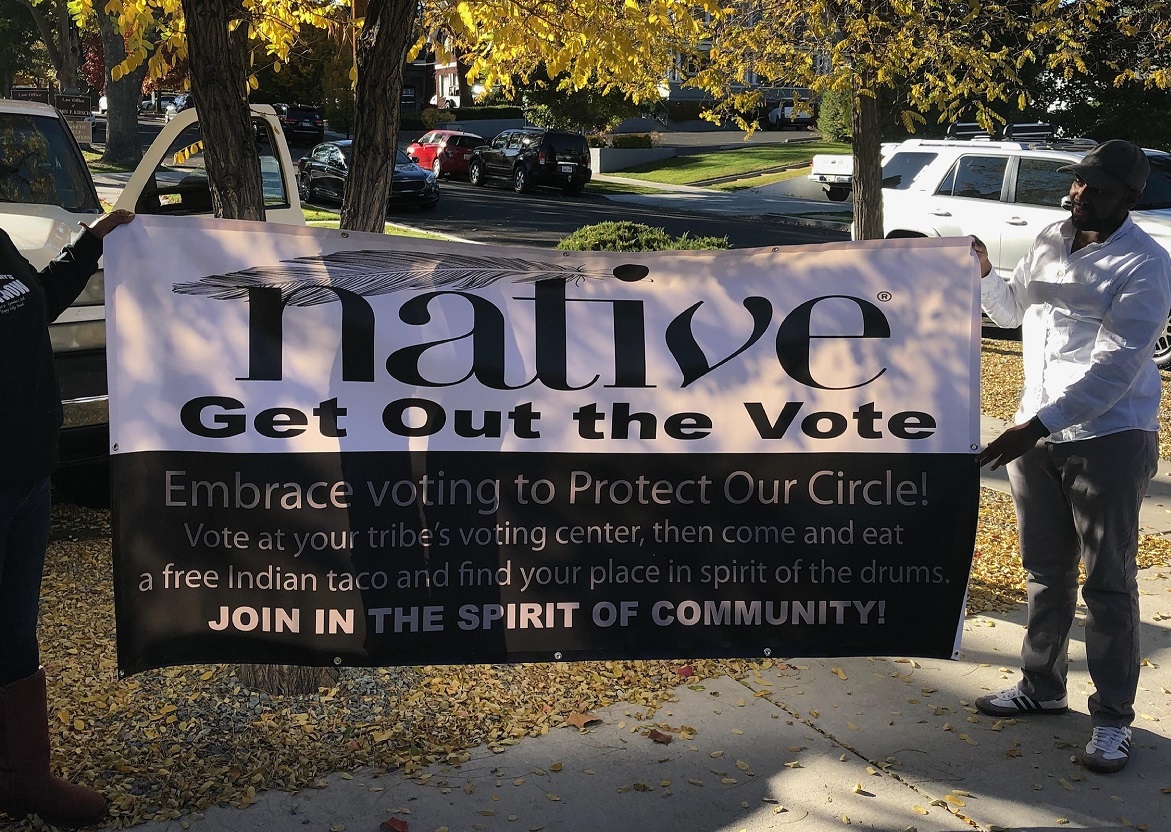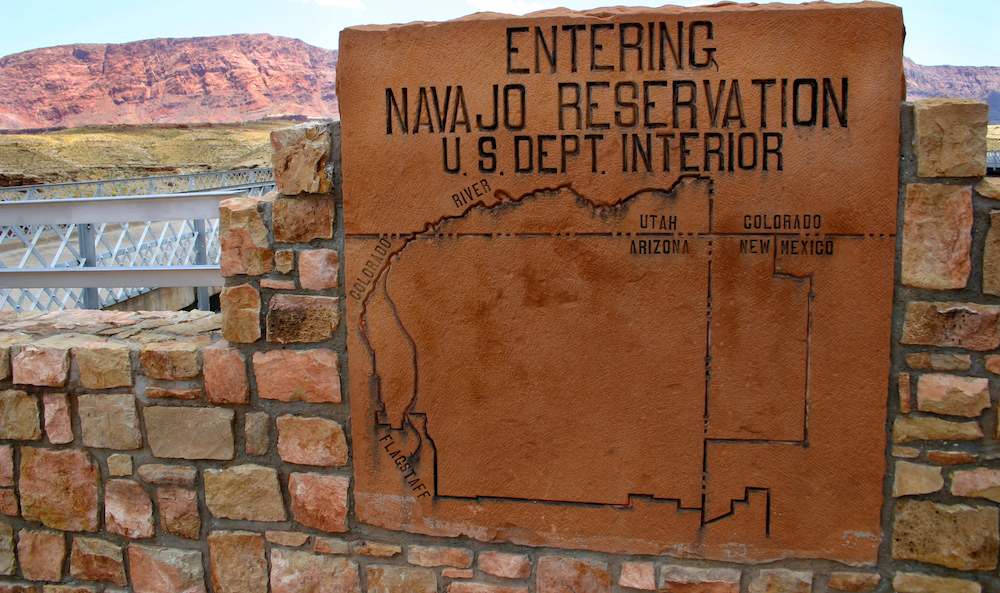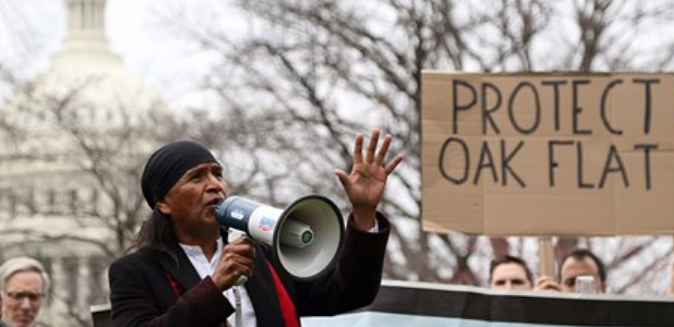Kwan Wei Kevin Tan
Updated Tue, September 24, 2024
Donald Trump wants to impose a 200% tariff on John Deere if it moves its manufacturing to Mexico.
Mark Cuban has said that's a terrible idea.
Cuban said Trump's tariffs would make John Deere's goods more expensive than its Chinese rivals.
The billionaire investor Mark Cuban doesn't think former President Donald Trump's call for 200% tariffs on the agriculture equipment company John Deere is a good idea.
"This Lack of Understanding of Business is insane," Cuban wrote in an X post on Monday.
Cuban was weighing in on the 200% tariff that Trump said he'd impose on John Deere. Trump issued the threat at an agricultural policy roundtable in Smithton, Pennsylvania, on Monday.
"I love the company, but as you know, they've announced a few days ago that they're going to move a lot of their manufacturing business to Mexico. I'm just notifying John Deere right now: If you do that, we're putting a 200% tariff on everything that you want to sell into the United States," Trump said.
"They think they're going to make product cheaper in Mexico and then sell it in for the same price as they did before, make a lot of money by getting rid of our labor and our jobs," the former president added.
In June, John Deere announced that it would shift some of its production — specifically the manufacturing of skid steer loaders and compact track loaders — from Dubuque, Iowa, to Ramos, Mexico, by the end of 2026.
But imposing such a hefty tariff on John Deere, Cuban said, would be counterproductive.
"Put a 200% tariff on the American company moving some production to Mexico," Cuban wrote on X. "But tariff Chinese manufacturers 10 or 20%, so that the Chinese products will be cheaper to sell in the US than the American company."
"Good way to destroy a legendary American company and increase costs to American buyers," he continued.
Cuban's criticism of Trump is unsurprising, considering his staunch support of Trump's rival, Vice President Kamala Harris.
The "Shark Tank" star has endorsed Harris and backed her economic agenda since she became the Democratic nominee.
"Kamala Harris is pro-business," Cuban said in an interview with CNBC's "Squawk Box" on September 5.
"She's talked more about entrepreneurs and helping them have access to investment and making it easier for people to invest in startups than any president that I've ever heard talk about startups and entrepreneurs," Cuban told the journalist Andrew Ross Sorkin.
To be sure, Trump has talked about imposing heavier tariffs on China if he wins November's election.
In February, Trump confirmed in an interview with Fox News' "Sunday Morning Futures" host, Maria Bartiromo, that he'd impose tariffs of more than 60% on Chinese goods.
"You know, obviously, I'm not looking to hurt China. I want to get along with China. I think it's great. But they've really taken advantage of our country," Trump told Bartiromo.
Cuban and representatives for Trump and John Deere didn't immediately respond to requests for comment from Business Insider sent outside regular office hours.
Trump threatens John Deere with 200 percent tariff if it outsources manufacturing
Brett Samuels
Mon, September 23, 2024

Trump threatens John Deere with 200 percent tariff if it outsources manufacturing
Former President Trump threatened Illinois-based John Deere on Monday with massive tariffs on its products if it outsources some of its manufacturing to Mexico as it had previously announced, the latest indicator he would use tariffs aggressively if he wins in November.
“I just noticed behind me John Deere tractors. I know a lot about John Deere, I love the company,” Trump said at an event with farmers in Pennsylvania.
“But as you know, they’ve announced a few days ago that they’re going to move a lot of their manufacturing business to Mexico,” he continued. “I’m just notifying John Deere right now, if you do that, we’re putting a 200 percent tariff on everything you want to sell into the United States, so that if I win John Deere is going to be paying a 200 percent — they haven’t started it yet. Maybe they haven’t even made the final decision yet. But I think they have.”
Fox Business Network reported in June that John Deere, which sells tractors, crop harvesters and other large equipment, was laying off roughly 600 staff members at plants in Illinois and Iowa.
The layoffs came amid a broader restructuring of the company’s business that included plans to move its manufacturing of skid steer loaders and compact track loaders to Mexico by the end of 2026, according to Fox Business Network.
John Deere did not immediately respond to a request for comment about Trump’s tariff threats.
Trump has leaned on tariffs as something of a cure-all as he pitches his economic vision for a second term. He has said repeatedly he would impose tariffs on all imported goods; he has threatened to use tariffs to force U.S. companies to base manufacturing domestically, and he suggested the use of tariffs could help bring down the cost of child care, a comment that drew criticism from Democrats.
Experts have warned that tariffs would lead to an increase in inflation, with companies passing on additional costs to consumers. Trump rejected that analysis Monday, and he signaled he would push for tariffs even if Congress did not approve of them.
“I don’t need them. I don’t need Congress, but they’ll approve it,” he said. “I’ll have the right to impose them myself if they don’t. I’d rather get their support.”
Copyright 2024 Nexstar Media, Inc. All rights reserved. This material may not be published, broadcast, rewritten, or redistributed.
Trump warns John Deere of ‘200% tariff’ but market shrugs off the threat
Greg McKenna
Tue, September 24, 2024 at 10:18 a.m. MDT·4 min read

John Deere is the latest company to draw the ire of former President Donald Trump for investing south of the U.S. border. At an event Monday in the battleground state of Pennsylvania, the Republican nominee threatened the company with a “200% tariff” if it shifts some production to Mexico as planned, causing the stock to briefly sag in after-hours trading.
Facing rising costs and declining demand, John Deere announced earlier this year that it would lay off over 800 workers across factories in Illinois and Iowa. The company has also bought land in Ramos, Mexico, for a new facility that will take over production currently done at its plant in Dubuque, Iowa.
“I am just notifying John Deere right now that if you do that, we are putting a 200% tariff on everything that you want to sell into the United States,” Trump said at roundtable focused on threats to U.S. farmers, principally from China.
As he did in 2016, Trump has made protectionism key component of his campaign. He’s proposed a worldwide tariff of 10%, as well as a 60% tariff on all Chinese goods. He’s also resumed his attacks on American companies expanding in Mexico, a consistent refrain since his first run to the White House.
“They think they are going to make product cheaper in Mexico and then sell it in for the same prices they did before,” he said Monday of John Deere, “making a lot of money by getting rid of our labor and our jobs.”
In response, the company has pointed reporters to a statement on its website that touts the company’s commitment to U.S. manufacturing, including $2 billion invested in domestic plants since 2019.
“In order to position our U.S. factories to undertake these highly value-additive activities it is sometimes necessary to move less complex operations, such as cab assembly, to other locations,” the statement said.
John Deere shares recovered by Tuesday afternoon, trading slightly above the previous day’s close. While the stock is up just 2.5% this year, trailing the 21% gain for the S&P 500, it’s beating the index over the last five years roughly 150% to 93%, respectively.
John Deere may learn from past Trump targets
The company is far from the first targeted by Trump over moving production to Mexico, though the former President's claims of job displacement have often been exaggerated. Trump famously called for a boycott of Oreos in 2016 after Nabisco-parent Mondelez said it would be shutting some production lines at its Chicago factory while boosting output in Mexico. The future president falsely claimed the factory was being closed.
That year, Trump also attacked U.S. automakers like Ford and General Motors. He went after climate and energy company Carrier for its plans to shutter two Indiana plants and move manufacturing to Mexico. At one point, he called on Americans to stop buying iPhones.
John Deere may be reassured from past examples, however, that the former President can be placated if he returns to the White House. After winning in 2016, Trump took credit for several decisions by Ford to scrap or adjust plans in Mexico and add jobs in the U.S. The company said those moves would have been made even if he had not been elected, though then-CEO Mark Fields did characterize them as a "vote of confidence" in Trump's tax and regulatory proposals.
Trump did undoubtedly convince Carrier to change course, calling the CEO of its then-parent, United Technologies, shortly after being elected. A few days later, the company and president-elect announced a deal to keep roughly 1,100 jobs in the U.S., though The Washington Post later reported a greater number of positions in the state were cut in the years that followed.
If past examples are any indication, John Deere can expect to stay in Trump's crosshairs throughout election season. Whether the results on Nov. 5 could push the company to change its plans, however, remains unclear.
This story was originally featured on Fortune.com

